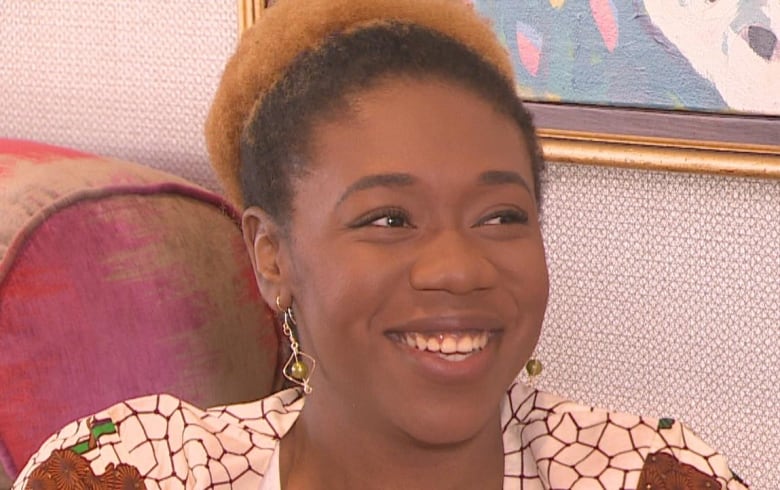

Advocates want the provincial government to make its holiday traditions more inclusive — but they say the answer isn’t to do away with Christmas celebrations.
Over the past few weeks, the provincial government has adorned government buildings with Christmas decorations, just as many people across the province have done with their own homes and businesses. While most aren’t faith-based, some — like a nativity scene on display outside the provincial legislature — are specific to Christianity.
Laurabel Mba, co-chair of communications for the Anti-Racism Coalition of Newfoundland and Labrador, said she wants the provincial government to put the same effort into recognizing cultural and religious holidays and festivals like Kwanzaa, Eid and others.
“If you’re claiming equity and claiming inclusion, then you need to be able to include all the other holidays,” she said.
The provincial government does recognize a number of cultural holidays and festivals — often through social media posts — and publishes an annual calendar that includes hundreds of cultural and religious holidays, festivals and other important events.
However, Mba said the provincial government could do more.
“You make sure you commemorate all the different holidays for their entire span,” she said.

Michael Paul, president of Beth El Synagogue, said he’d welcome more recognition of Hanukkah, which runs Dec. 18 to 26 this year.
“They have never said, you know, ‘What are your customs? Maybe we could have a symbol of your holiday at the Confederation Building,'” he said.
“Just like they put up Christmas lights or a Christmas tree or whatever, it would be nice if we were invited as well to put up a symbol of our holiday.”
Paul said the Jewish community holds its own menorah lighting in St. John’s, which is usually attended by government officials.
“The initiative is from within the Jewish community, not from the government,” he said.
Creating space
Provincial Multiculturalism Minister Gerry Byrne said the government will not be toning down its Christmas celebrations but is willing to make room for other faiths and cultural traditions.
“We’ve always had a very strong tradition of celebrating Christmas, the Christian celebration of the birth of Jesus,” he said. “That’s always been a very prominent display of lights and other imagery, other symbolic imagery.”

Byrne said the provincial government has reached out to some of the province’s faith communities to ask how the province can best recognize various holidays and festivals.
“We recognize it’s very important to celebrate those events, within the context of the expectations, desires of the faith community itself,” he said.
Byrne said the government has been in contact with Jewish organizations for input and is tentatively planning to display a menorah for Hanukkah as soon as this year, though plans aren’t finalized.
Jennifer Selby, a Memorial University religious studies professor, said the provincial government’s focus on Christmas has an unintentional impact.
“It creates this kind of hierarchy, where the provincial government appears to place Christian beliefs and traditions above others,” she said.
Selby noted that people of faiths and cultural traditions outside Christianity have always lived in Newfoundland and Labrador.
She said the goal should be to ensure everyone who enters a public space feels represented. She said putting up symbols from other faiths — like Paul suggested — could be one option, while sticking to secular decorations — like the “winter lights” display in St. John’s — is another.
“It’s not to say that you shouldn’t say ‘Merry Christmas’ to people. There’s no war on Christmas,” she said. “It’s just that in a government space, like the Confederation building … we gotta do better.”
Read more from CBC Newfoundland and Labrador